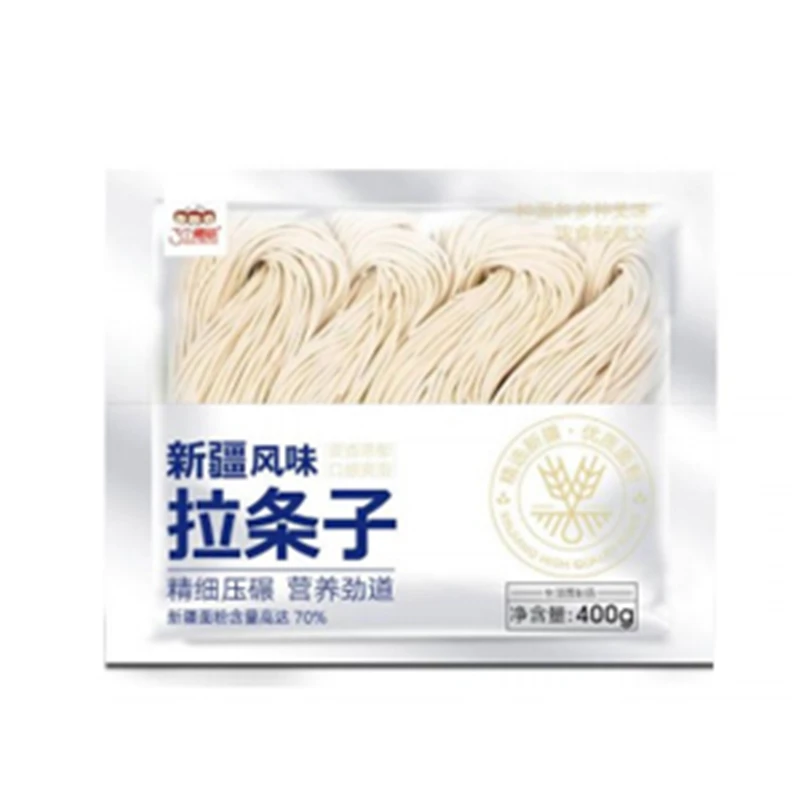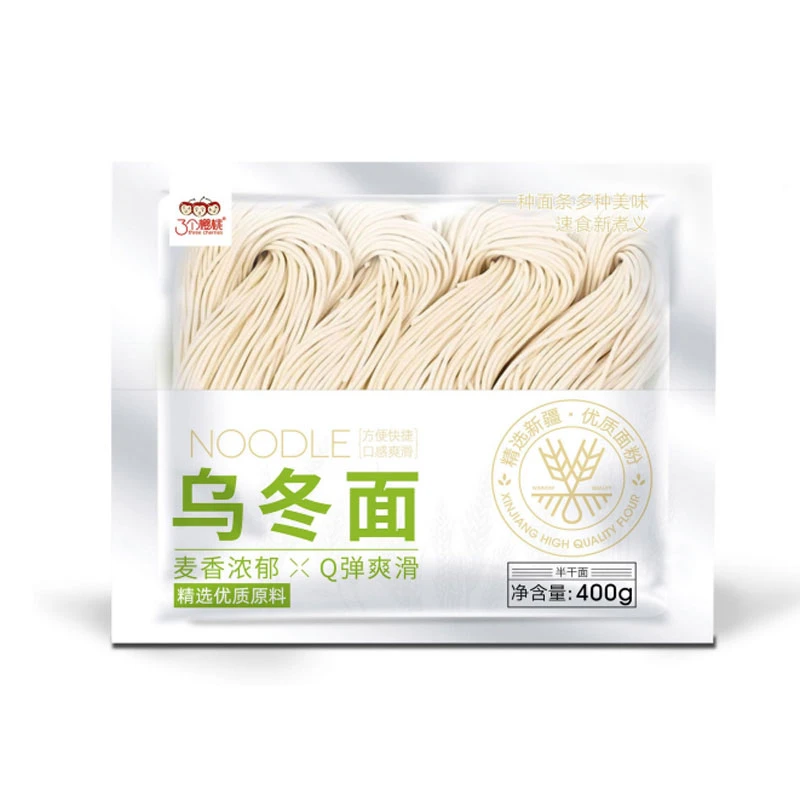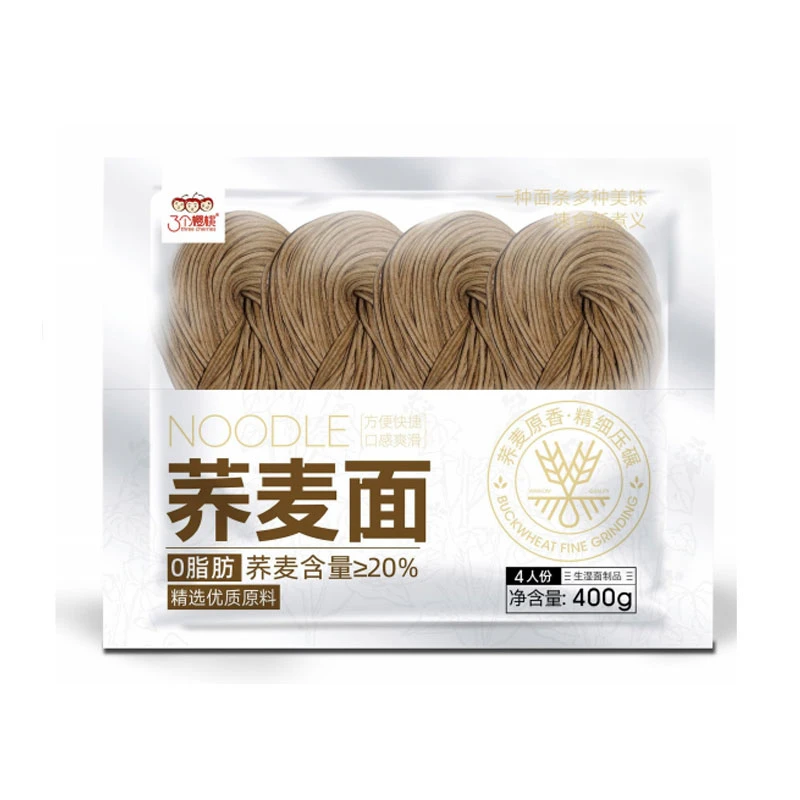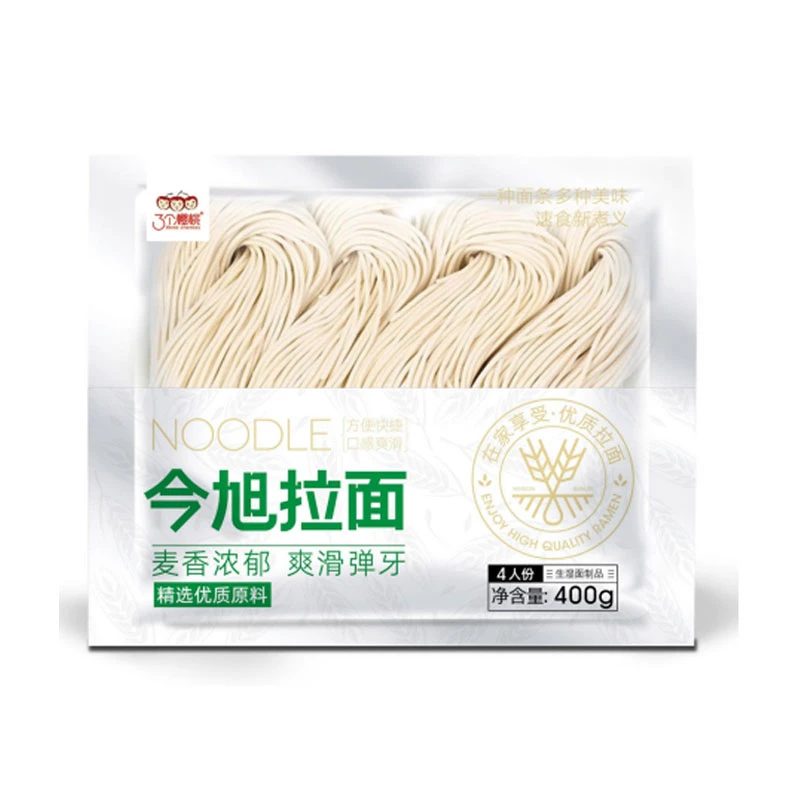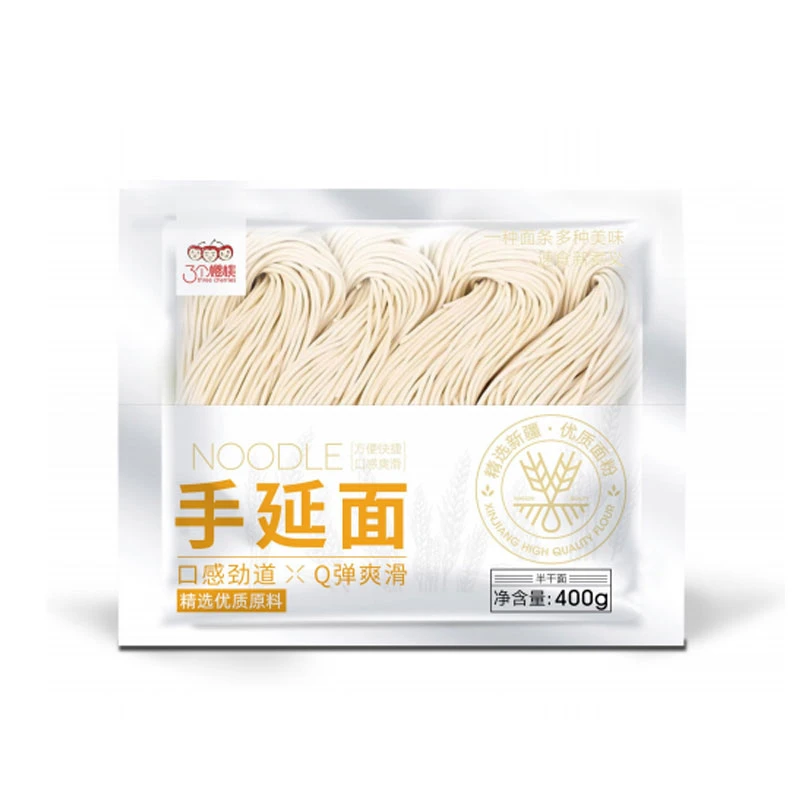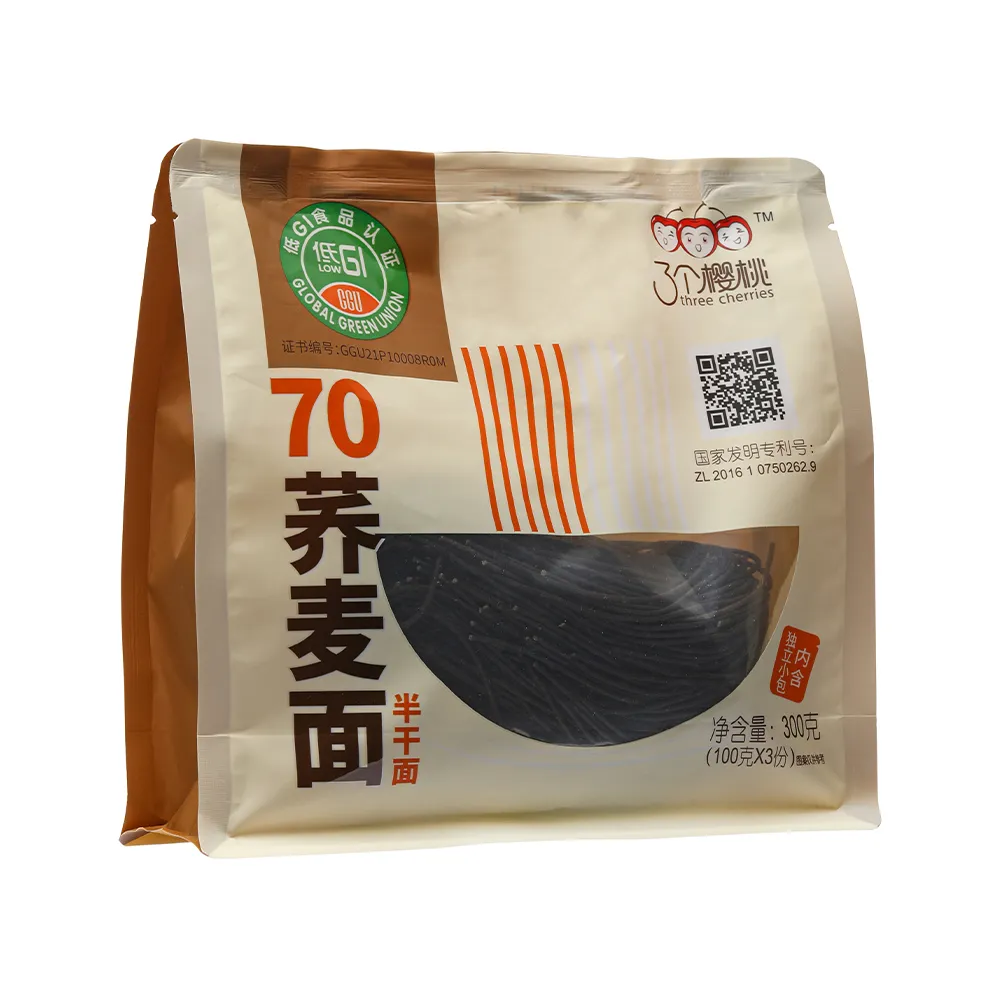Authentic Soba Udon Noodles – Premium Buckwheat Udon Collection
As market demand for authentic Japanese noodles grows globally, soba udon noodles emerge as the preferred choice for foodservice, restaurants, and ready-meal solutions. This article analyzes soba udon noodles, leveraging related terms like noodles de udon and buckwheat udon, focusing on industry data, manufacturing technology, application scenarios, performance, vendor benchmarks, customization, and case studies.
Industry Trends of Soba Udon Noodles
The global market for soba udon noodles is projected to reach USD 1.82 billion by 2027 with a CAGR of 6.7% (source: Grand View Research).
- Increased health awareness leads to higher demand for buckwheat variants (buckwheat udon).
- Asia-Pacific region dominates production and innovation, led by Japan.
- Frozen and semi-dry soba udon noodles see higher export volumes due to improved shelf life and convenience.
- Major chains (Maruchan, Nissin, JX Semi Dry Noodles) actively broaden OEM/ODM customizations for F&B channels.
| Type | Base Ingredient | Width (mm) | Thickness (mm) | Moisture (%) | Shelf Life (Months) | Production Standard |
|---|---|---|---|---|---|---|
| Soba Udon | Buckwheat+Wheat | 2.7-4.2 | 1.7-2.0 | 36-42 | 12 | ISO 22000 |
| Buckwheat Udon | 80% Buckwheat | 3.5-4.5 | 1.8-2.2 | 38-44 | 9 | FDA/ISO 22000 |
| Noodels de Udon | Wheat | 3.0-4.0 | 1.7-1.9 | 37-40 | 8 | ISO 22000 |
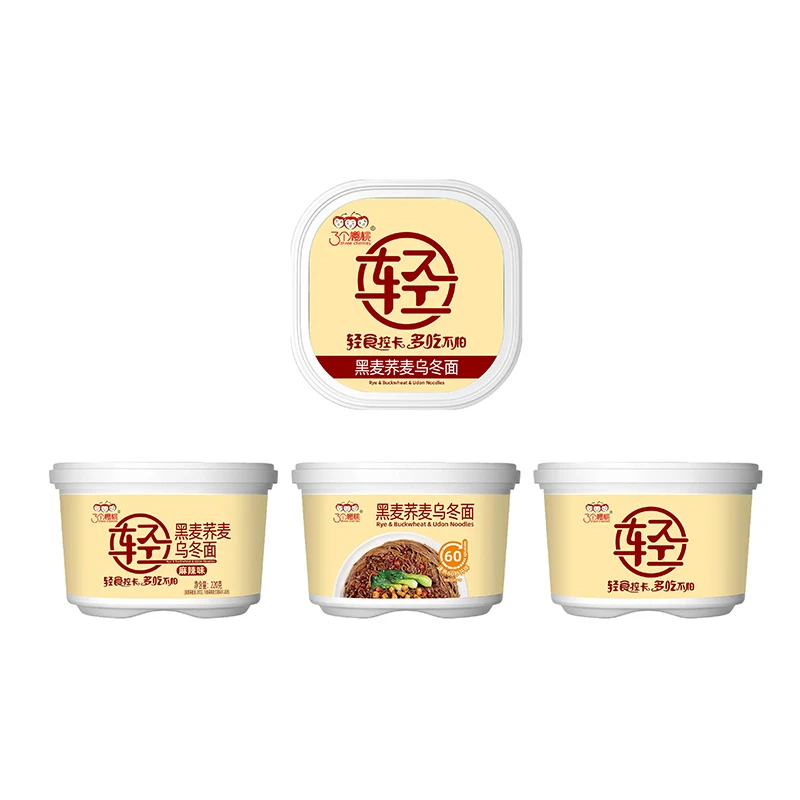
Technical Specifications & Parameter Evolution
Manufacturing Process of Soba Udon Noodles
Select buckwheat and premium wheat, water adjustment for ISO 22000 hygiene standard.
Multiple passes under high-torque rollers, CNC-calibrated for uniform grain and moisture.
Automated rotary blades shape strands to target thickness, monitored via laser micrometer.
Hot air at 35–40°C, controlled humidity chambers extend shelf life (12 months tested).
Non-contact anatomical X-ray & magnet detector for food safety; FDA/ISO 22000 batch records.
Shipped under GPS-monitored, temperature-controlled distribution partners worldwide.
- Precision rolling and CNC cutting ensures consistent diameter & texture.
- Low-temp drying preserves taste and protein content (avg. 8.2g/100g).
- Each batch passes ANSI BRC/ISO 22000 audit and fully traceable.
Technical Advantages of Soba Udon Noodles
- Premium Material Blend: Buckwheat (up to 40%)—high protein, fiber, minerals for "health noodle" positioning.
- Superior Durability: Withstands rapid cooking, cold shock, and multi-hour standing in broth. Typical noodles de udon break after 18 min at 95°C; soba udon noodles maintain structure for 32 min (JX Pilot Plant, 2022).
- Advanced Anti-Corrosion Packaging: 3-layer composite film; oxygen barrier prevents discoloration and spoilage for global export by sea.
- Shelf Life & Safety: Factory-sealed, shelf life up to 12 months as validated by third-party food safety audits.
- Universal Use: Suitable for ramen bars, canteens, hotpot chains, and airline catering. Custom thicknesses for regional tastes (Kansai, Kanto, European markets).
Application Scenarios
- Quick Service Restaurants: Rapid prep time; soba udon noodles retain "al dente" bite even in reheating. Yield: ±2.3 kg per box (12 months, 11 international chains, average convenience store usage: 920kg/month/store, data: JX Partner Program, 2023).
- Catering & Airline Meals: Stability in cold/heat, low stickiness on reheating. Used by 5 of the top global flight caterers.
- Hospital/School Food Service: Recommended due to low allergen contamination (ISO 22000:2018 control points, cross-lab validation).
- Premium Retail/OEM: Customizable ingredients, private-label solutions for health-oriented and gluten-sensitive markets in the US/EU.
- Industrial Use: Used for recipe and menu R&D by global instant noodle giants (source: Nissin Foods Official).
Vendor Technical Comparison Table
| Supplier | Material (Buckwheat%) | Quality Cert. | OEM/ODM | Standard Length (cm) | Delivery (days) | Annual Output (tons) |
|---|---|---|---|---|---|---|
| JX Semi Dry Noodles | 40% | ISO 22000, FDA | Yes (1kg~1000kg) | 24/36 (custom) | 12-22 | 8,300 |
| Maruchan | 22% | FDA | Partial | 25/27 | 18-26 | 5,000 |
| Nissin Foods | 30% | ISO, ISO 9001 | No | 24 | 19-31 | 4,120 |
| Local/Private | 10-22% | None/ISO | Partial | 21~25 | 30 | -- |
Customization and Project Delivery
- Material Customization: Buckwheat content adjustable from 10%~80% for gluten or low-carb diets.
- Packaging: Multi-lingual, allergen-specific labeling (FDA/ISO compliant), from 80g portion packs to 3kg catering packs.
- Delivery Cycle: Standard lead time: 12~22 days for <10 tons, urgent batch (
- Batch Testing: Each lot ISO 22000/2018 certified, moisture, tensile and allergen profile lab results PDF supplied.
- Technical Support: Menu workshop, cooking tests, custom visual branding for large kitchen/catering clients.
Technical Indexes of Soba Udon Noodles
Application Cases and Customer Feedback
| Region | Client Type | Volume (kg/year) | Feedback | Product Spec |
|---|---|---|---|---|
| Singapore | Major Restaurant Chain | 7,300 | Stable soup hold, strong repeat customers, “better bite than local udon”. | Buckwheat 35%, Length 24cm |
| France | Premium OEM Retail | 5,100 | Clean label, no residue, passed all EU tests; 35% reorder rise y/y. | Soba Udon 40%, Allergen-free |
| Japan | Canteen Catering | 13,900 | Quick prep, steady texture for over 60 minutes hold. | Custom sodium, 3mm thick |
| USA | Frozen Food Distributor | 9,200 | Long shelf, little breakage in frozen chain test. | Udon-shape 36cm, 38% buckwheat |
“The soba udon noodles from JX show the highest resilience and the best broth absorption”—France OEM Client, 2023.
“Low allergen risk is a game-changer for schools”—Japan K12 Foods, 2022.
Certifications, Industry Authority & Recognized Partnerships
- All production is ISO 22000 (Food Safety) & FDA registered.
- Batch records available for audits (traceability as per Food Quality & Safety Magazine standards).
- Strategic partnerships with major global chains (Maruchan, SCM, Nissin Laboratories).
- 20+ years manufacturing experience, serving Fortune 500 food brands.
Warranty, Delivery, and Customer Support
- Delivery: 12–22 days typical; 5 days fast-track for emergency catering.
- Warranty: All products insured for shelf life and microbial safety on delivery. Instant replacement policy for verified quality claims.
- Support: 24h technical hotline; chef training; in-restaurant launch program.
- Documents: ISO batch reports, allergen statements, nutrition facts, TDS and MSDS available on request.
Professional FAQ – Soba Udon Noodles
References and Further Reading
- Grand View Research: Noodles Market Size, Share & Growth Report
- Food Safety Magazine: Shelf Life of Foods
- Nissin Foods Industry Info: Noodles and Japanese Food Product News
- Food Quality & Safety Journal: Industry Standards and Quality Trends
- See also major forum reviews: Serious Eats: Best Udon Noodles
-
Is Whole Wheat Pasta Healthy?NewsMay.30,2025
-
Are Soba Noodles Good for Weight Loss?NewsMay.30,2025
-
Are Buckwheat Soba Noodles Healthy?NewsMay.30,2025
-
Are Buckwheat Soba Noodles Gluten Free?NewsMay.30,2025
-
Are Buckwheat Noodles Good for You?NewsMay.30,2025
-
A Healthy Way to Savor Soba and Spicy FlavorsNewsMay.30,2025
-
What Are Lanzhou Noodles?NewsMay.30,2025
Browse qua the following product new the we












































































































